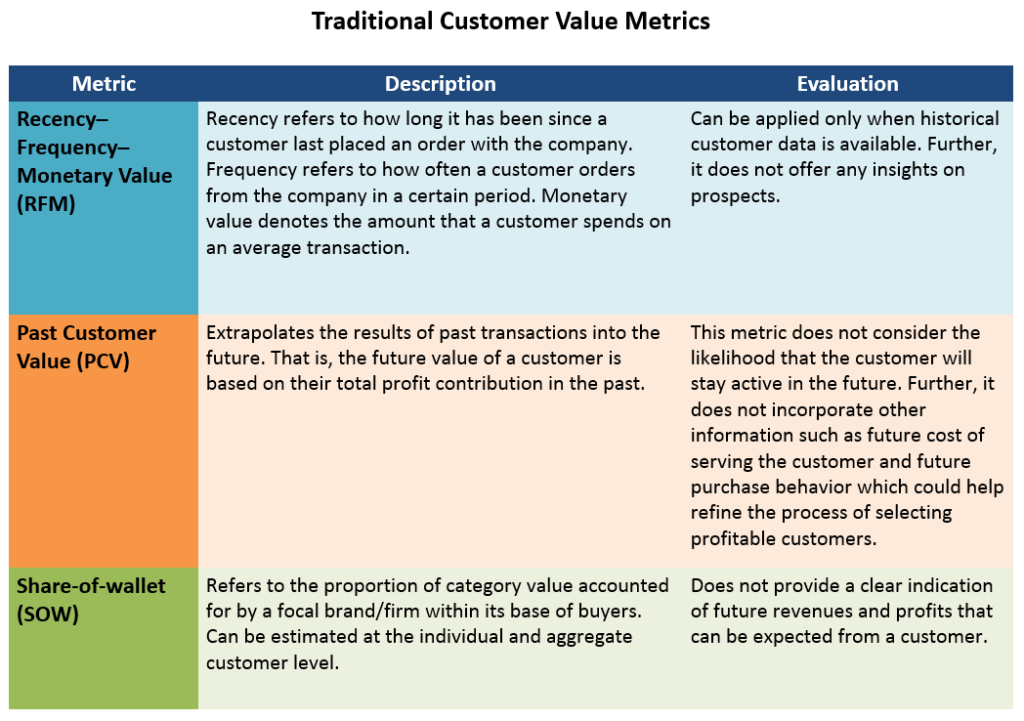ABOUT CUSTOMER LIFETIME VALUE
Increasingly more firms are adopting a customer-centric approach in their marketing actions. Central to the customer-centric approach rests the key challenges of identifying, acquiring and retaining the right customers. In such an endeavor, it becomes increasingly important to assess the value of an individual customer to the firm. But what is the value of a customer? Can customers be evaluated based only on their past contribution to the firm? Or is the future worth of the customer a better indicator of their value? These are some of the questions a firm has to deal with before assessing the value of its customers.
Valuing customer contributions
While valuing customer contributions, firms are often misled by the belief that all loyal customers are profitable customers. Further, firms (incorrectly) expect that creating loyalty programs can make customers purchase more often and more intensively, and thereby improve firm profitability. Specifically, many firms believe that loyal customers cost less to serve and maintain, pay more than non-loyal customers, and bring in new customers through positive referrals. With such an outlook towards customer profitability, firms have traditionally rewarded and encouraged past purchase behavior by adopting metrics such as recency of purchase, frequency of purchase, and monetary value of purchases (RFM), past customer value (PCV), and customer share of wallet (SOW), among others. The table below lists the popular metrics used to measure customer value.
However, research has shown that loyal customers know their value to the company and demand premium service, believe they deserve lower prices, and spread positive word-of-mouth only if they feel and act loyal (V. Kumar (2007)). Therefore, managing customers for loyalty, however, does not amount to managing them for profitability. On the contrary, the loyalty-profitability link must be managed simultaneously. How is this achieved?

Reference
V. Kumar, (2007) “Customer Lifetime Value—The Path to Profitability,” Foundations and Trends in Marketing, 2(1), pp. 1–96.